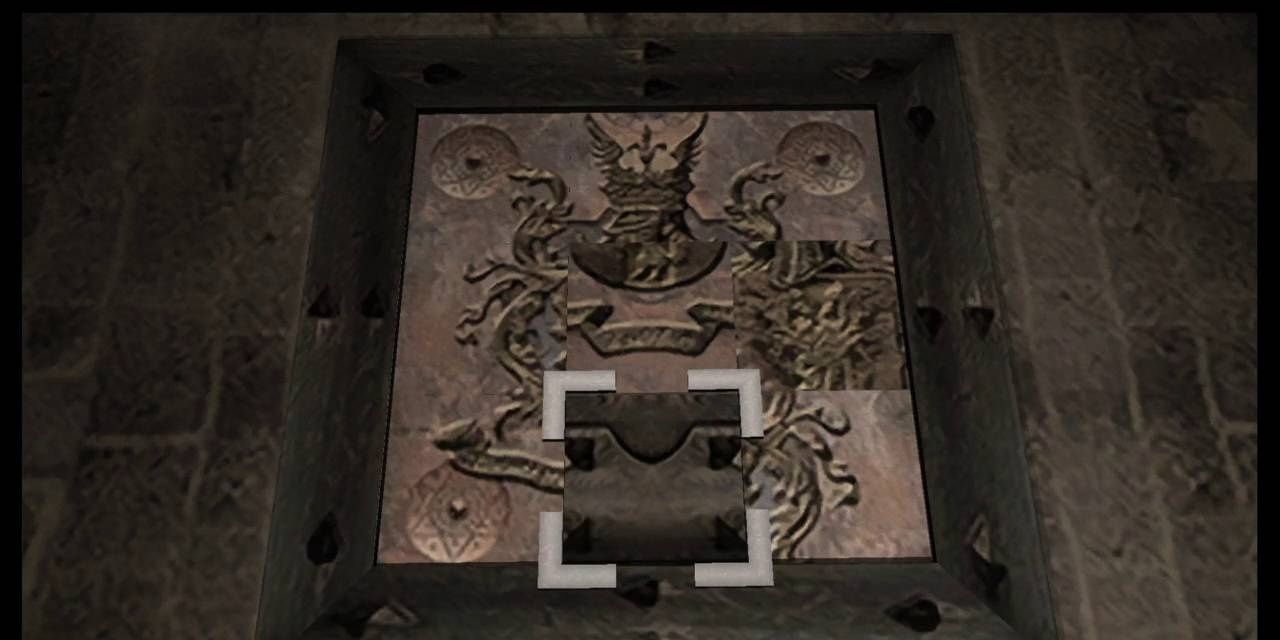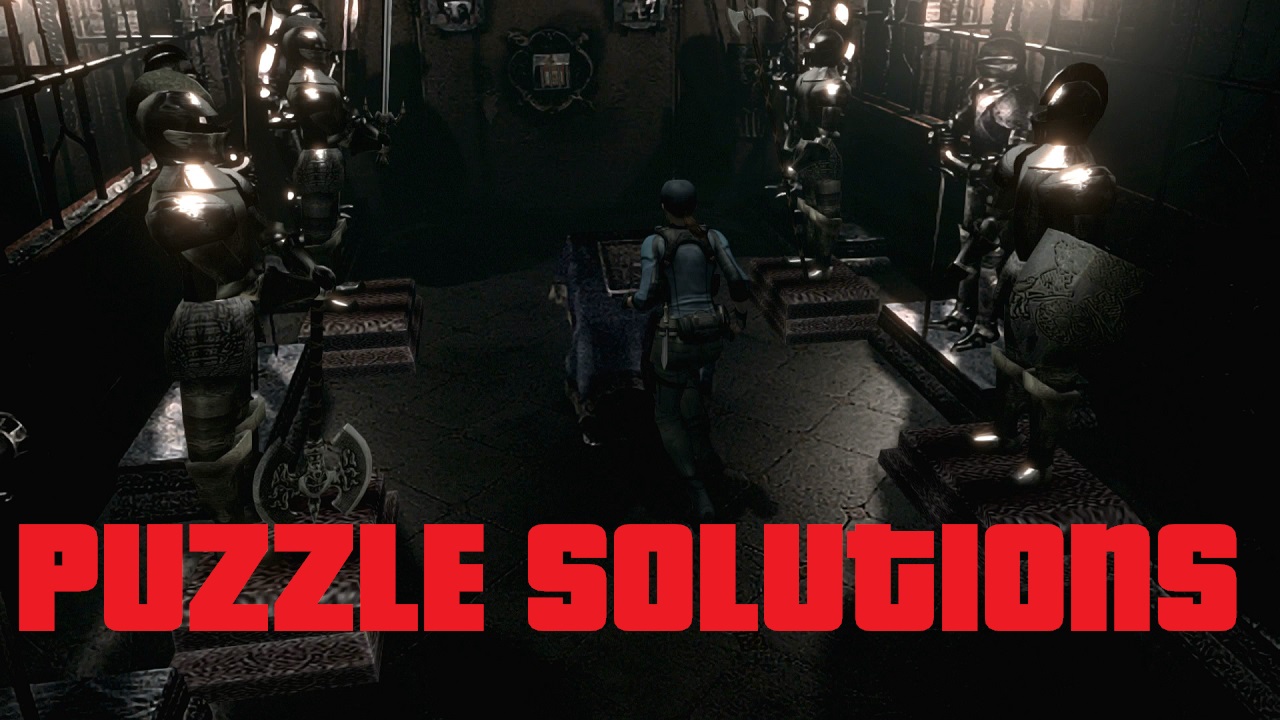For over two decades, the Resident Evil franchise has captivated gamers with its blend of horror, action, and exploration. While the series is renowned for its nail-biting combat sequences and terrifying creatures, one of its most distinctive features is its intricate puzzles. These puzzles not only provide players with a break from the relentless action but also challenge them in ways that extend beyond mere shooting and survival. This article delves into the various aspects of how Resident Evil’s puzzles elevate the gaming experience, fostering critical thinking, problem-solving skills, and engagement with the game’s narrative.
The Evolution of Puzzles in Resident Evil
The Resident Evil series began in 1996, and with each installment, the complexity and variety of its puzzles have evolved. Initially, puzzles were straightforward, often involving simple item retrieval or basic logic. However, as the series progressed, developers introduced more elaborate and thematic puzzles that required players to think critically and creatively.
- Resident Evil (1996): The original game set the stage with iconic puzzles like the “mosaic puzzle” and “book shelf puzzle,” which required players to manipulate items found throughout the mansion.
- Resident Evil 2 (1998): This sequel introduced more complex interactions, such as the “statue puzzle” and “keys and medallions.” Players had to explore multiple areas to collect items and solve puzzles that often had multiple solutions.
- Resident Evil 7 (2017): Shifting to a first-person perspective, this installment featured puzzles that emphasized environmental storytelling, like the “shadow puzzle” and “chemical puzzles” that intertwined with the game’s narrative.
Types of Puzzles in Resident Evil
Resident Evil puzzles can be broadly categorized into several types, each offering a unique challenge and experience for players. Understanding these types helps elucidate the thought processes involved in solving them.
1. Item Retrieval Puzzles

These puzzles often necessitate the collection of specific items to unlock new areas or progress in the game. Players must explore their surroundings thoroughly, often requiring backtracking and revisiting previously explored locations. Examples include:
- Finding key items hidden in the environment.
- Combining items to create new tools or keys.
2. Logic and Sequence Puzzles
These puzzles often involve arranging items in a particular order or completing a sequence. They typically require players to think critically and make connections between different items or clues. Examples include:
- The “piano puzzle” in Resident Evil 2, where players must play a specific tune to unlock a secret door.
- The “clock puzzle” in Resident Evil 3, which requires players to align the hands of a clock to a specific time.
3. Environmental Manipulation Puzzles

These puzzles often involve interacting with the environment in creative ways. Players might need to move objects, unlock doors, or manipulate light sources to solve them. Examples include:
- The “mirror puzzle” in Resident Evil 7, where players must use light reflections to open a hidden path.
- The “water level puzzle” in Resident Evil 2, which requires players to adjust water levels to access different areas.
The Cognitive Challenge of Puzzles

Puzzles in Resident Evil are not just about mechanics; they engage players’ cognitive skills in various ways. The act of solving puzzles can enhance critical thinking, memory, and problem-solving abilities. Here are some cognitive challenges presented by these puzzles:
- Critical Thinking: Players must analyze clues and make logical connections between disparate pieces of information.
- Spatial Awareness: Many puzzles require an understanding of the game environment and how different areas connect.
- Memory: Players often need to remember locations of items and previous clues to solve puzzles effectively.
Engagement with Narrative and Theme
The puzzles in Resident Evil are often intricately tied to the game’s narrative and themes, offering players a deeper understanding of the story and the world they inhabit. This connection enhances immersion and engagement. For instance:
- The “family photo puzzle” in Resident Evil 7 connects the tragic backstory of the Baker family to the gameplay mechanics.
- Puzzles related to the Umbrella Corporation’s experiments often provide insight into the lore and motivations behind the antagonists.
Case Study: Resident Evil 2 Remake

The remake of Resident Evil 2, released in 2019, serves as an excellent case study to illustrate how puzzles contribute to the overall gaming experience. The developers retained classic puzzles while introducing new ones that enhanced the gameplay experience. Some notable puzzles include:
- The “Rook and Knight” puzzle, which requires players to move chess pieces to unlock a door, exemplifying the blend of logic and environmental manipulation.
- The “safe combination” puzzle, where players must find clues scattered throughout the environment to open safes and lockers, emphasizing exploration and backtracking.
These puzzles not only provided a challenge but also deepened the player’s engagement with the storyline and the setting, making the experience richer and more rewarding.
The Psychological Impact of Puzzles
Puzzles in Resident Evil also serve a psychological function, providing players with a sense of accomplishment when they are solved. This sense of achievement can enhance the overall gaming experience and keep players engaged. Research shows that solving puzzles can lead to:
- Increased Satisfaction: Successfully completing a challenging puzzle can boost players’ satisfaction and motivation to continue playing.
- Stress Relief: Focusing on puzzles can distract players from the horror elements, providing a psychological break.
The puzzles in Resident Evil are more than just obstacles to overcome; they are integral to the gaming experience, offering players challenges that extend beyond combat. From enhancing cognitive skills like critical thinking and problem-solving to deepening engagement with the narrative, these puzzles are a testament to the franchise’s commitment to delivering a multifaceted gaming experience. As the series continues to evolve, it will be fascinating to see how future installments innovate and expand upon these puzzle mechanics, ensuring that Resident Evil remains a beloved staple in the gaming world.